(SEM2Q1, MAPEH) Music of Japan
5.0(1)
Card Sorting
1/26
Earn XP
Description and Tags
Study Analytics
Name | Mastery | Learn | Test | Matching | Spaced |
|---|
No study sessions yet.
27 Terms
1
New cards
There are three elements in Japanese music: ______, ______ / ______ system, and ______ & ______.
tempo; pitch; tonal; texture; rhythm
2
New cards
The tempo of Japanese music begins with a ______ pace then gets ______ then ______ again. The texture and rhythm of Japanese music is ______.
slower; faster; slower; monophonic
3
New cards
There are two scales in the Japanese Tonal System:
1) ______ (______ mode / ______ scale)
2) ______ (______ mode / ______ scale)
1) ______ (______ mode / ______ scale)
2) ______ (______ mode / ______ scale)
yo-sen; hard; male; in-sen; soft; female
4
New cards
There are three types of traditional Japanese music: ______ music, ______ music, and ______ music.
court; instrumental; theatrical
5
New cards
______ music is a type of Japanese ______ music that has been performed at the ______ ______ in ______ since the 7th century. Today, it is performed by the ______ of ______ in the ______ ______ ______.
court; classical; imperial court; kyoto; board; ceremonies; tokyo imperial palace
6
New cards
______ music, also known as ______, has vocal music called ______.
instrumental; kigaku; seigaku
7
New cards
Japan has several ______ forms of drama in which music plays a significant role. The main forms are ______ and ______.
theatrical; kabuki; noh
8
New cards
______ music is played by an instrumental ensemble called ______. The instruments used are the ______ stick ______ and a big ______-shaped drum called the ______.
noh; hayashi-kata; taiko; drum; hourglass; otsuzumi
9
New cards
______ is a type of Japanese ______ known for its highly stylized ______ and ______ as well as the elaborate ______ worn by the predominately all-______ cast.
kabuki; theatre; dancing; singing; make-up; male
10
New cards
The two solo instrumental pieces of Japan are ______ and ______.
sokyoku; rokudan-no-shirabe
11
New cards
______ is usually played with the ______.
sokyoku; koto
12
New cards
______ is considered as the ______ kind of ______ piece but became popular in ______ with three style variaions.
rokudan-no-shirabe; oldest; koto; shamisen
13
New cards
The two ensemble instrumental pieces of Japan are ______ and ______.
kangen; sankyoku
14
New cards
______ ensemble means “______ and ______ instruments”. ______ ensemble consists of three famous Japanese musical instruments: ______, ______, and ______.
kangen; wind; string; sankyoku; koto; shamisen; shakuhachi
15
New cards
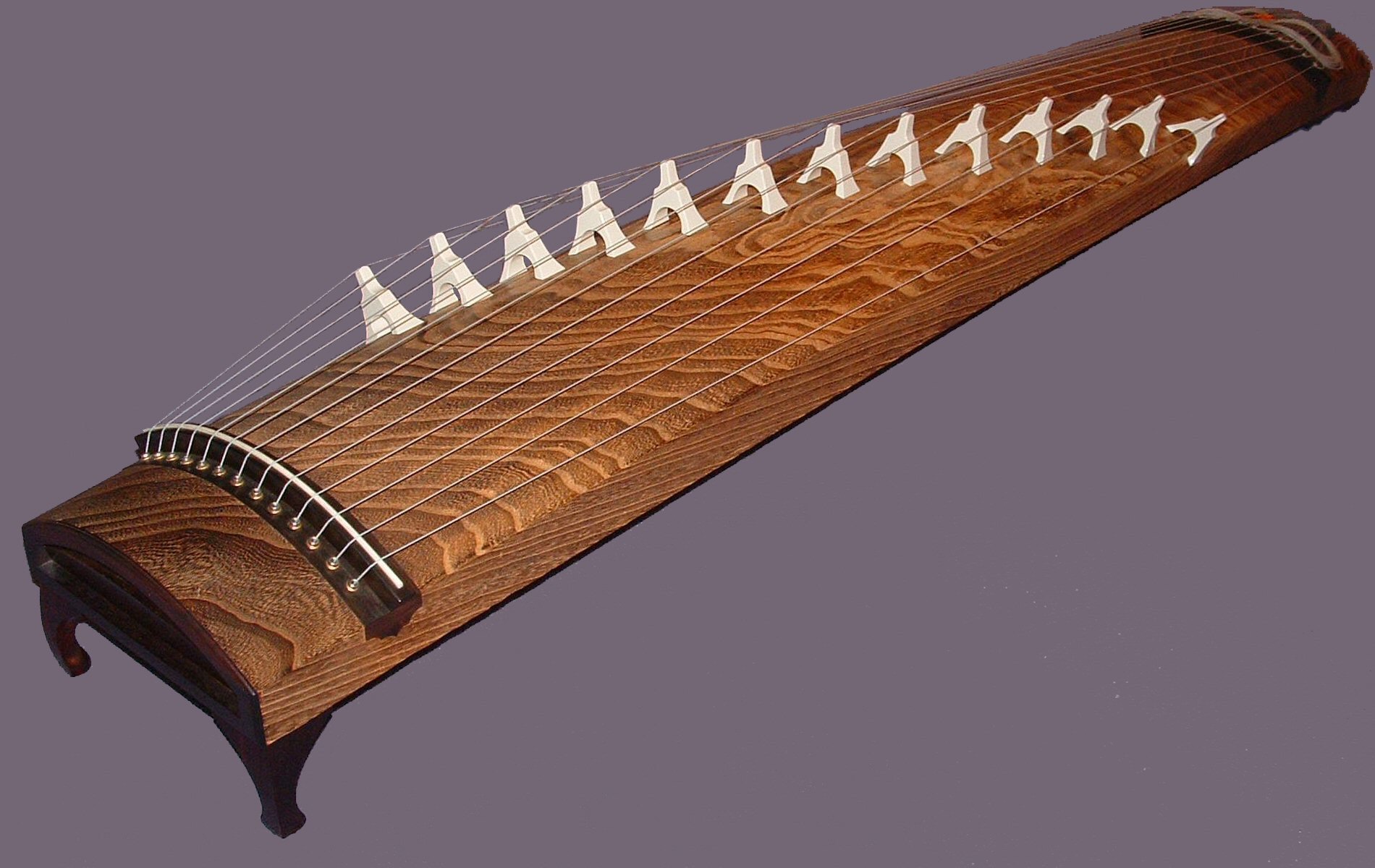
The ______ is a ______-stringed zither, played using the ______ and first two fingers of the ______ hand. It is a ______.
koto; 13; thumb; right; chordophone
16
New cards

The ______ is a short neck ______ used to accompany ______ play in ______. It is a ______.
biwa; lute; puppet; gagaku; chordophone
17
New cards
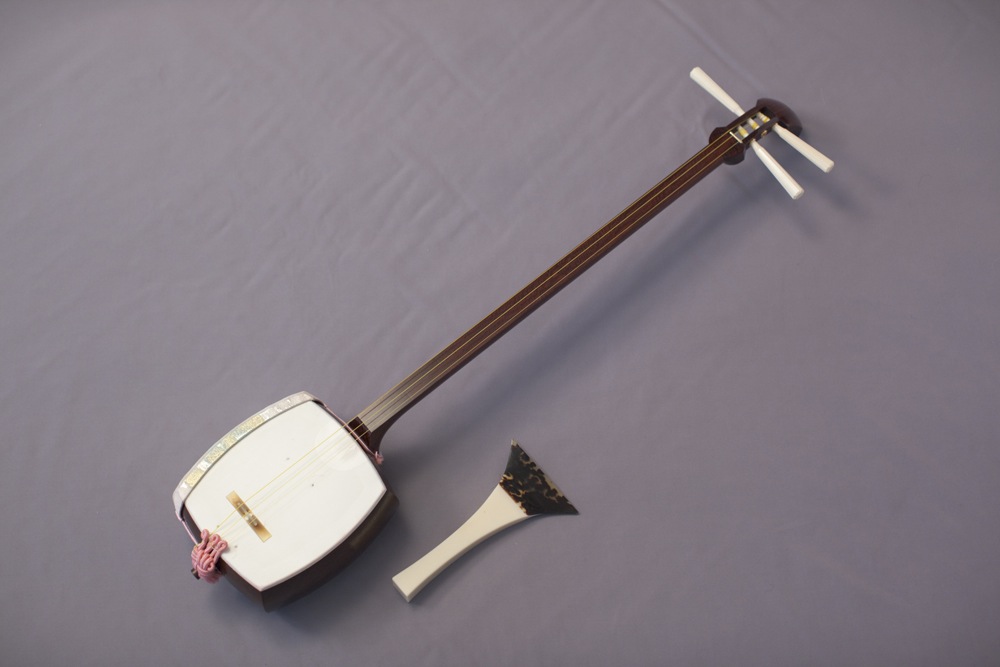
The ______ is a long slender ______-stringed plucked ______ and covered with ______ ______. It is a ______.
shamisen; three; lute; animal skin; chordophone
18
New cards
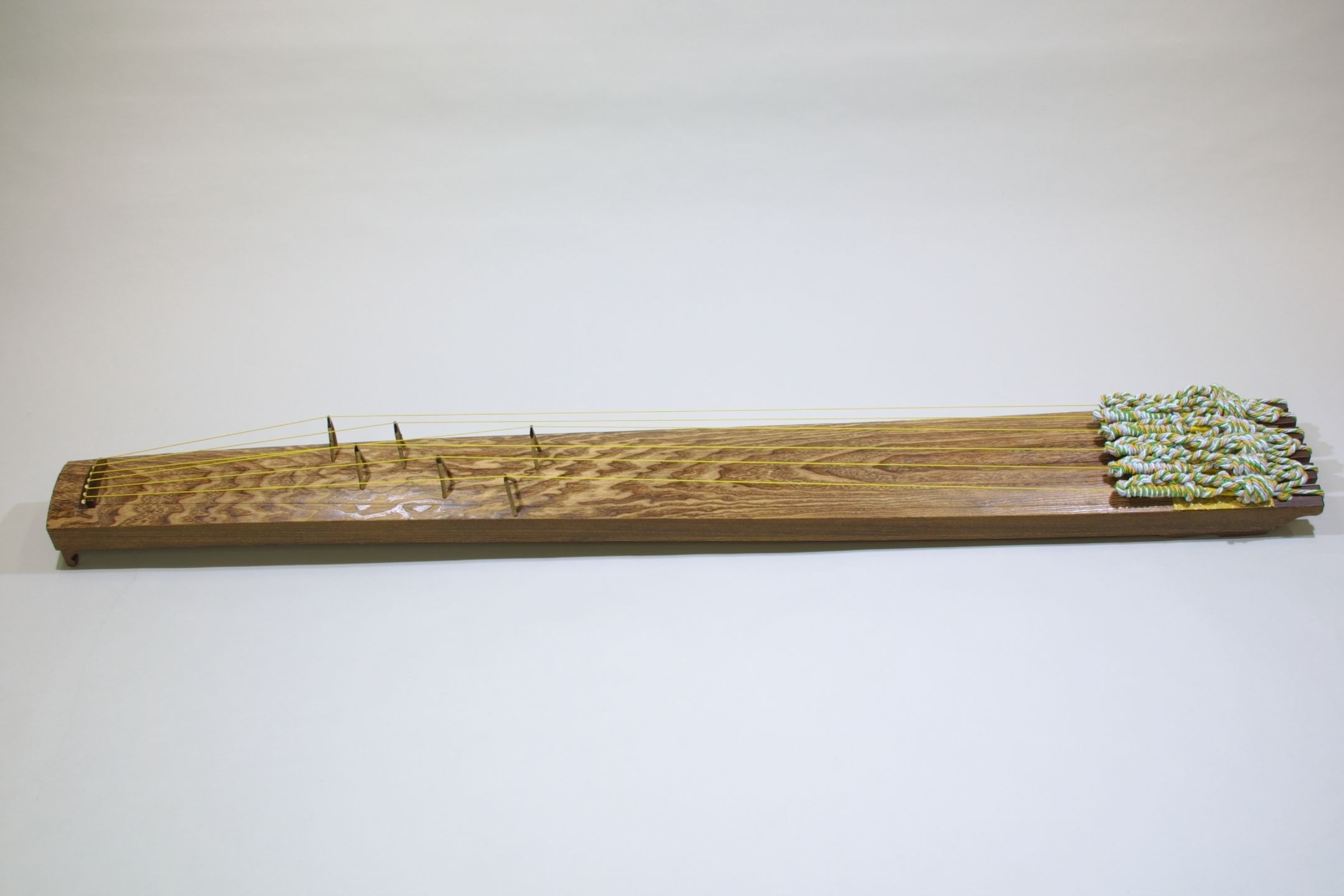
The ______ is a ______-string koto with a ______ shape. It is a ______.
wagon; six; trapezoidal; chordophone
19
New cards
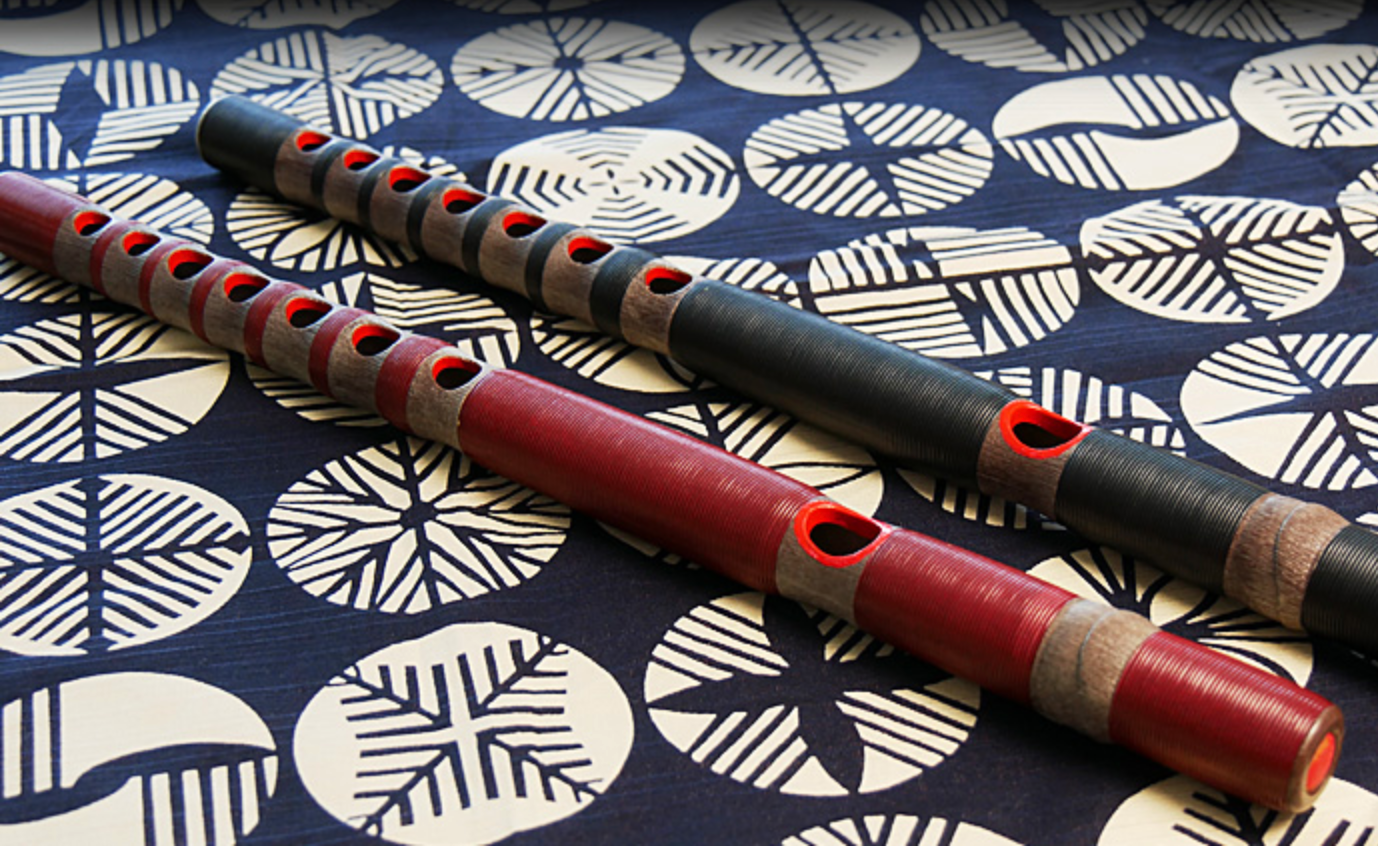
The ______ has a ______-holed transverse ______ made of ______. It is an ______.
ryuteki; seven; flute; bamboo; aerophone
20
New cards

The ______ is a bamboo ______ with ______ finger holes. It is an ______.
shakuhachi; flute; four; aerophone
21
New cards
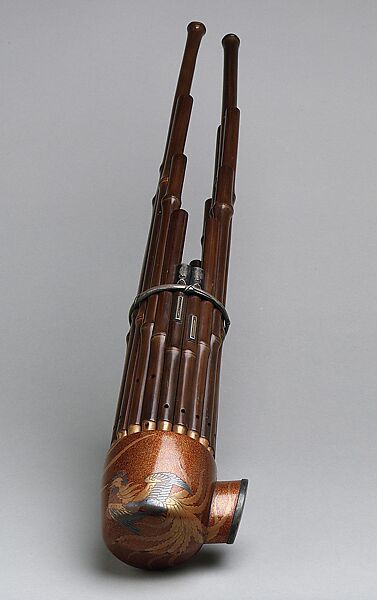
The ______ is a ______ organ similar to the Chinese ______. It is an ______.
sho; mouthpiece; sheng; aerophone
22
New cards
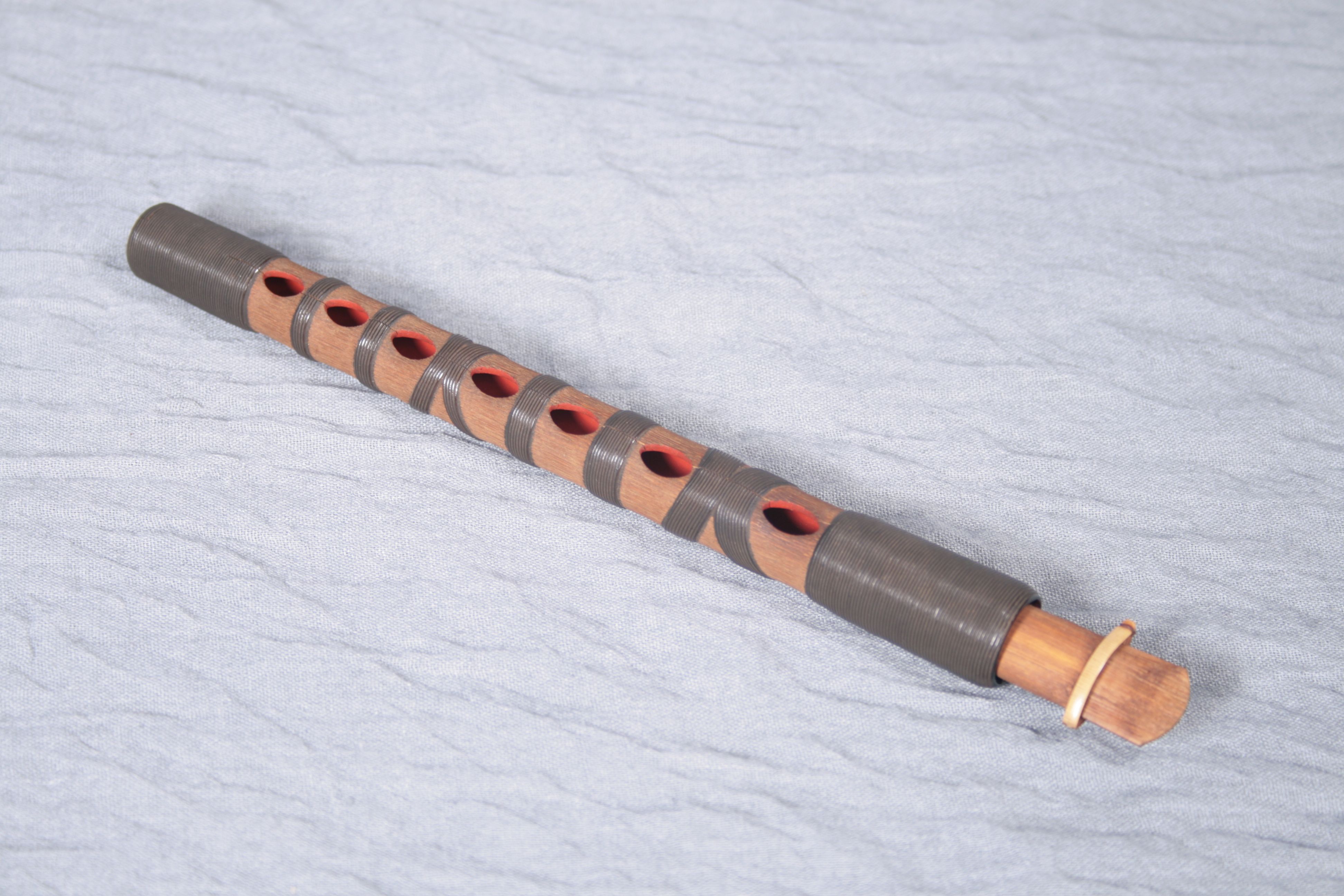
The ______ is a ______-holed double reed instrument made of ______. It is an ______.
hichiriki; seven; bamboo; aerophone
23
New cards

The ______ is a small Japanese ______ named with a stick called ______. It is a ______.
shimedaiko; drum; bachi; membranophone
24
New cards
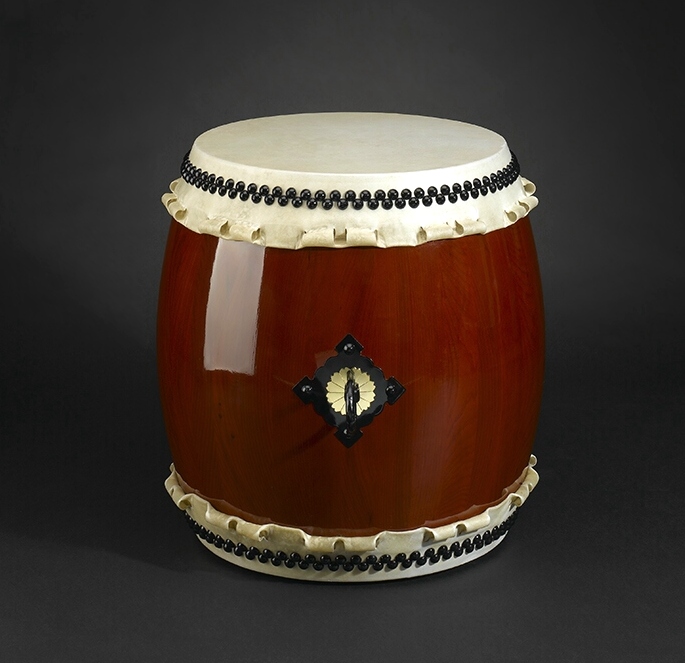
The ______ is also used in ______. It is a ______.
taiko; kangen; membranophone
25
New cards
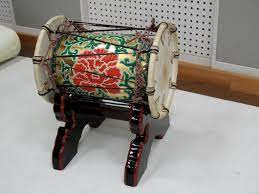
The ______ is an instrument used in ______ and is made up of ______ skin. It is a ______.
kakko; gagaku; deer; membranophone
26
New cards
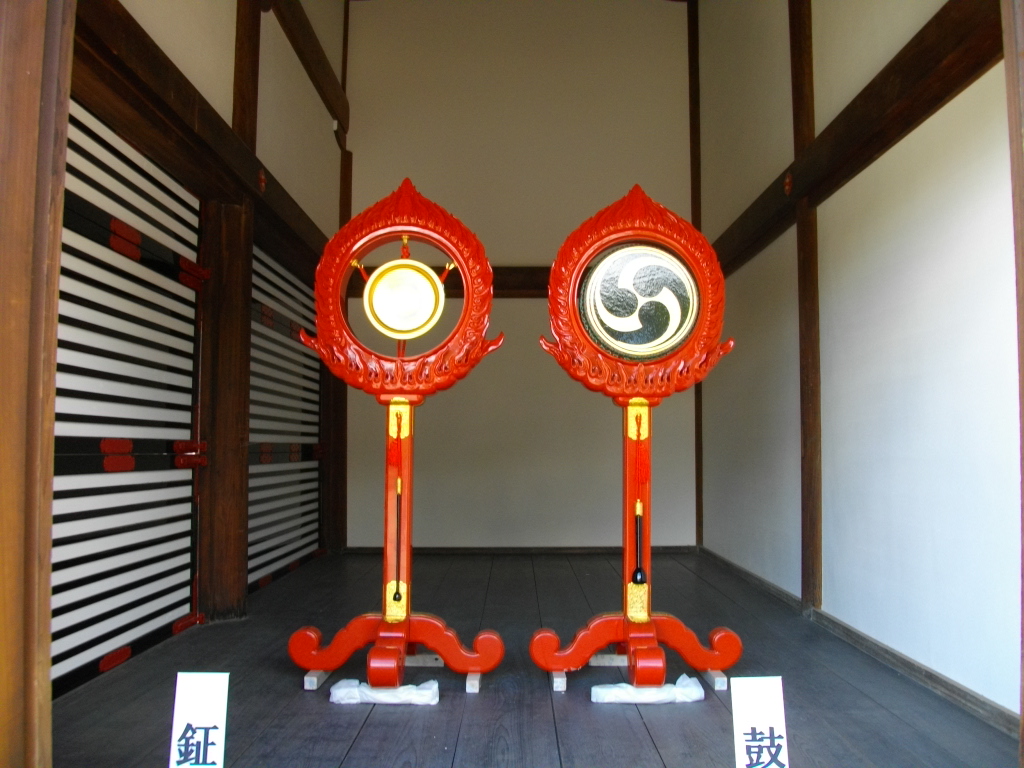
The ______ is a small ______ used also in the ______ ensemble. It is a ______.
shoko; gong; kangen; membranophone
27
New cards
______ is a traditional Japanese folk song signifying the coming of ______. It literally translates to “______ ______”. These flowers are celebrated throughout Japan and is often played on a Japanese instrument, the ______.
sakura; spring; cherry blossom; koto